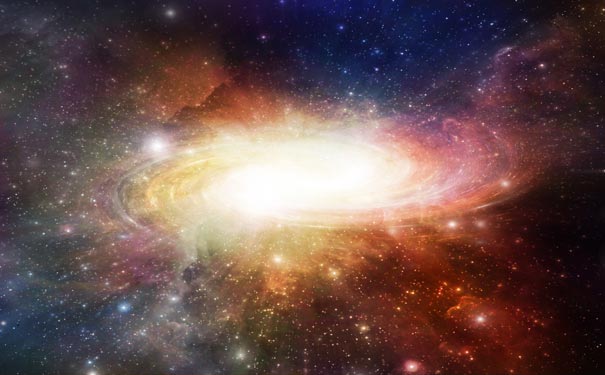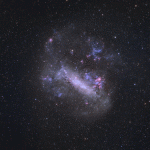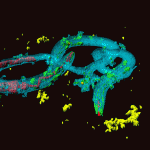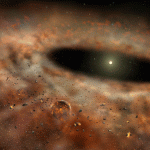
Artist rendition of the Big Bang. Image: Kevin Carden/Shutterstock
Scientists gain VIP access to the stars.
Built by researchers at the University of California in Los Angeles, the Multi-Object Spectrometer for Infra-Red Exploration (MOSFIRE) has been installed in the Keck I Telescope at the W.M. Keck Observatory on top of Mauna Kea in Hawaii. MOSFIRE will increase the data gathering power of what is already the world’s most productive ground-based observatory.
MOSFIRE gathers light in infrared wavelengths that are invisible to the human eye to penetrate cosmic dust. This allows researchers to see objects that are otherwise invisible, such as the stars circling the supermassive black hole at the centre of the Milky Way. It also allows for the study of distant objects whose light has been stretched to the infrared by the expansion of the universe.
“The instrument was designed to study the most distant, faintest galaxies,” said UCLA physics and astronomy professor Ian S. McLean, project leader on MOSFIRE. “When we look at the most distant galaxies, we see them not as they are now but as they were when the light left them that is just now arriving here.”
What sets MOSFIRE apart from other instruments is its light-sensitive camera and its ability to survey up to 46 objects at a time, then switch targets in just minutes — an operation that takes comparable infrared instruments one to two days. Some of the galaxies that the researchers are studying were formed 10 billion years ago, only a few billion years after the Big Bang. For the first time in history, scientists will be able to look back in time to when some of the first galaxies were formed. The results will help us understand the large-scale structure of the universe.
Light collected by the Keck I Telescope was fed into MOSFIRE for the first time on April 4, 2012. Astronomers are expected to start using MOSFIRE by September, following testing and evaluation in May and June.
Source: EurekAlert






